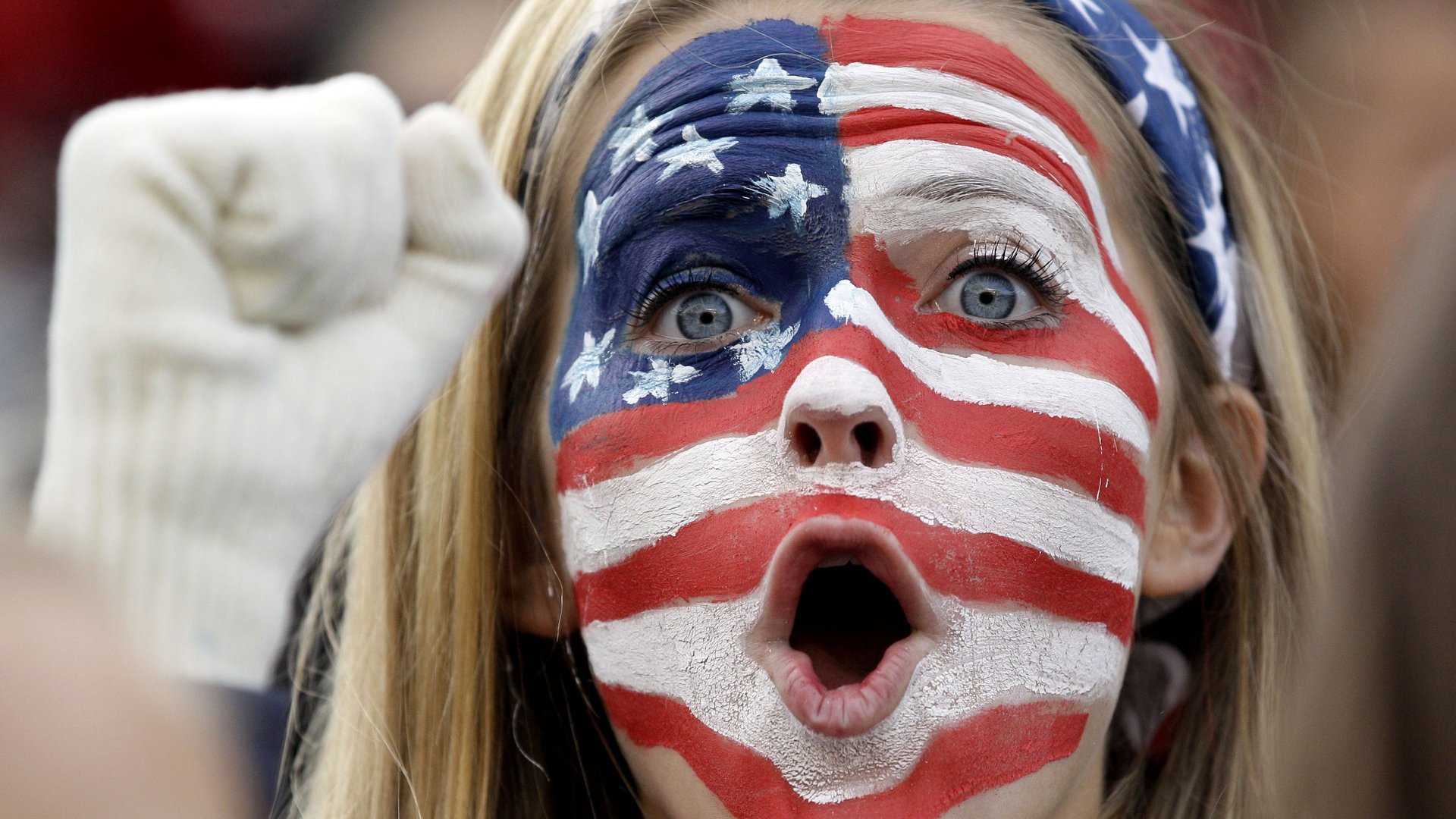“This isn’t just about the money”: The US Senate is backing equal pay for women soccer players
The five US women’s soccer stars who recently sued the US Soccer Federation over pay discrimination won a show of support yesterday (May 26) from the US Senate. In a unanimous vote, the body approved a resolution urging the sport’s governing body in the US to eliminate the wage gap between female and male players.


The five US women’s soccer stars who recently sued the US Soccer Federation over pay discrimination won a show of support yesterday (May 26) from the US Senate. In a unanimous vote, the body approved a resolution urging the sport’s governing body in the US to eliminate the wage gap between female and male players.
The resolution is non-binding and won’t change US law. But in a speech from the Senate floor, senator Patty Murray, who along with 21 other Democrats introduced the resolution earlier this month, emphasized that it sent a message with broader implications. ”This isn’t just about the money,” she said. “It’s also about the message it sends to women and girls across our country and the world. The pay gap between the men and women’s national soccer teams is emblematic of what is happening all across our country.”
It’s a point that’s beyond argument: There remains a persistent gender wage gap running throughout the US economy that isn’t close to going away. And the US women’s soccer team has lately emerged as a symbol of it.
Despite winning the 2015 World Cup, for instance, the women’s team received just $2 million in prize money from FIFA, international soccer’s governing body, compared to the $8 million the US men’s team received simply for making it to the tournament in 2014. The men’s champions, Germany, got $35 million. (In October, senate Republicans blocked a resolution similar to the one that just passed which would have demanded FIFA close this wage gap.)
The five women who filed suit against the US Soccer Federation—co-captains Carli Lloyd and Becky Sauerbrunn, as well as stars Hope Solo, Alex Morgan, and Megan Rapinoe—say the US agency isn’t doing much better. Their filing says they earn 40% less than what the men earn.
The US Soccer Federation disputes this accounting, saying they only earned 2.2% less over the past four years.
But any gap is a problem for those who want equal pay—and if you’re going to argue that players should be paid on merit, then the women’s team should earn more than the men’s. The women’s World Cup final last year drew the highest ratings of any soccer match in US history, regardless of gender, and the women’s team brings in substantially more revenue.
While in other sports, such as basketball, one could argue that the men’s teams deserve more because they bring in more, that argument just doesn’t hold up here, which is why the women’s soccer team offers such a clear example of the pay gap.
Female athletes also collect much less when it comes to sponsorship deals. Plenty of male athletes may be overvalued, but female athletes in general are undervalued, particularly US soccer stars. When female athletes are paid well, their pay is still often based heavily on perceptions about their appearance. Serena Williams is just one example of how sexism can affect sponsorship earnings.
The senate resolution won’t solve these problems, but at the very least, it forces lawmakers to listen to them.